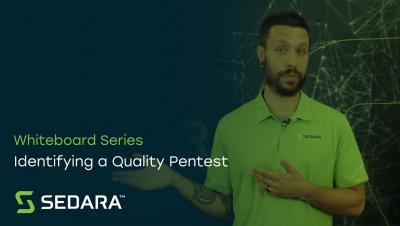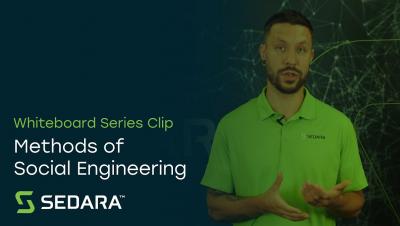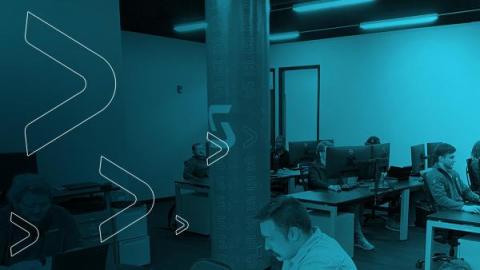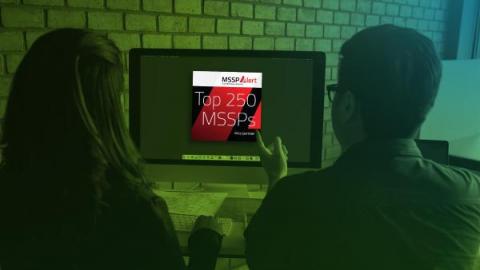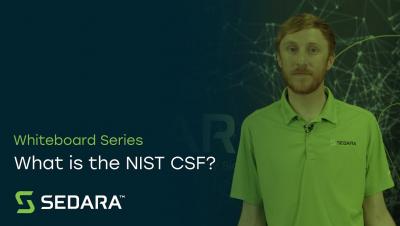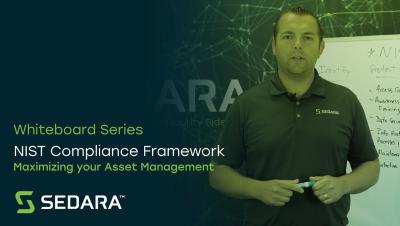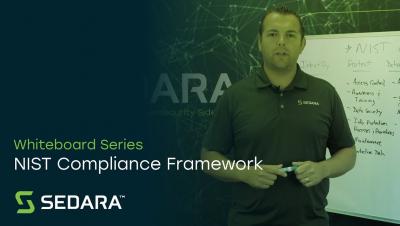Security | Threat Detection | Cyberattacks | DevSecOps | Compliance
Sedara
Methods of Social Engineering
Goals of Social Engineering
What is Social Engineering?
What is a Gap Assessment?
What is MDR?
MDR (Managed Detection and Response) is a type of cybersecurity service that combines advanced threat detection technologies with human expertise to provide continuous monitoring and rapid response to cyber threats. These services involve a team of cybersecurity experts who monitor an organization’s network and endpoints in real-time using advanced security tools, such as threat intelligence, machine learning, and behavioral analytics.
Sedara Named to MSSP Alert's Top 250 MSSPs List for 2022
The list and research identify and honor the top MSSPs (managed security service providers) worldwide. The rankings are based on MSSP Alert’s 2022 readership survey combined with the site’s editorial coverage of MSSP, MDR and MSP security providers. The sixth-annual list and research track the MSSP market’s ongoing growth and evolution.


